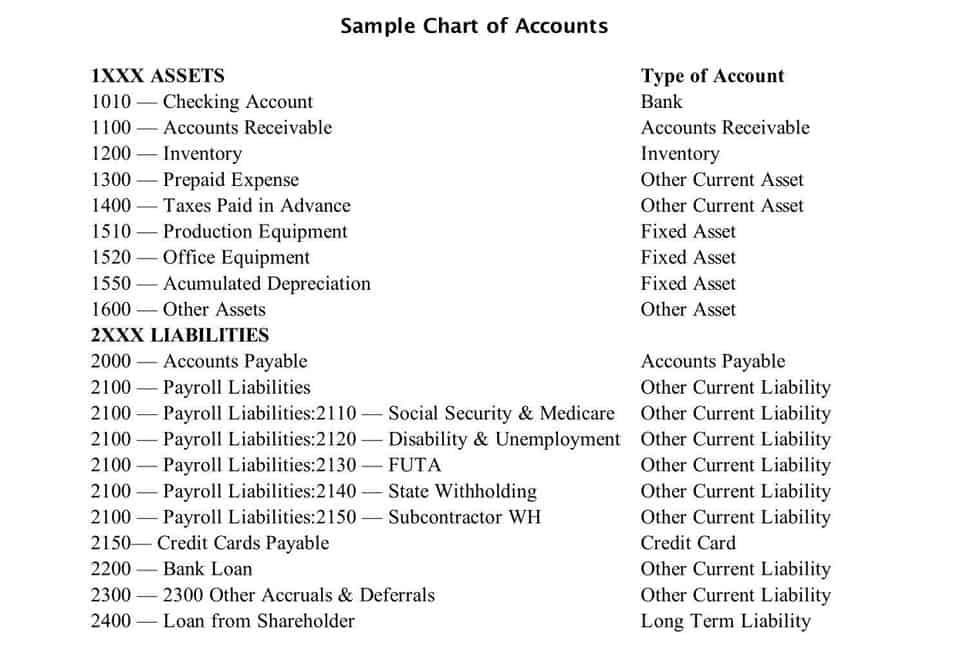
Examples of fixed assets include buildings, machinery, vehicles, and furniture. In a fixed asset write-off, they recognize the remaining net book value as a loss due to an asset no longer being useful or recoverable. In a disposal, if the asset retains some residual value, they must handle the receipt of proceeds and record any gain or loss based on the net book value versus the proceeds from the disposal. A gain on the exchange occurs because Bold City received a truck with a cost of $\$78,000$ for assets worth $\$74,500$ (a truck that had a net book value of $\$6,000$ plus cash of $\$68,500$). This is a gain on sale because Bold City received $\$8,000$ for a truck that had a net book value (cost − accumulated depreciation) of $\$6,000$.
How to Record Asset Disposal in Financial Statements

Depreciation affects the value of an asset gradually, representing wear and tear, while sales and write-offs are events that can have immediate and significant impacts on the company’s accounts. The loss on disposal of fixed asset in this journal entry will be charged to the income statement as an expense item during the accounting period. The loss on disposal of fixed asset account in this journal entry is usually reported under the other expenses section of the income statement. When we make the fixed asset disposal by selling them to another party, there will usually be a gain or a loss as a result. In this case, such gain or loss will need to be charged to the income statement as an expense during the accounting period.

Calculating Depreciation Expense
- From data privacy laws to environmental regulations, businesses must tread carefully to avoid hefty penalties.
- Let us look at a few asset disposal journal entries examples to understand the concept better.
- These are asset disposal forms, electronic waste disposal forms, hazardous waste disposal forms, document disposal forms, and surplus property disposal forms.
- Let’s say you bought a business vehicle for R$ 40,000 two years ago and the accumulated depreciation for the vehicle is R$ 12,000.
The calculation of gain or loss on the disposal of an asset is a straightforward process that hinges on the comparison between the asset’s net http://cilel.com.br/?p=22698 book value and the proceeds from disposal. The net book value is ascertained by subtracting the accumulated depreciation from the asset’s historical cost. This figure represents the asset’s carrying amount on the balance sheet up to the point of disposal.
Step 4: Establish an Approval Workflow
However, there won’t be a gain on disposal of the fixed asset as there are no cash proceeds in this case. Accounting for depreciation to date of disposal When selling Bookkeeping for Startups or otherwise disposing of a plant asset, a firm must record the depreciation up to the date of sale or disposal. For example, if it sold an asset on April 1 and last recorded depreciation on December 31, the company should record depreciation for three months (January 1-April 1).

Since the asset had a net book value of 3,000 the profit on disposal is calculated as follows. In the second part of the question the business sells the asset for 2,000. When proceeds are received in a later period, adjust the receivable and recognize any gain or shortfall. When a part of an asset is removed or replaced (e.g., a component of a building or a how to record disposal of asset major engine overhaul), that portion must be derecognized separately if it has a distinct value.

